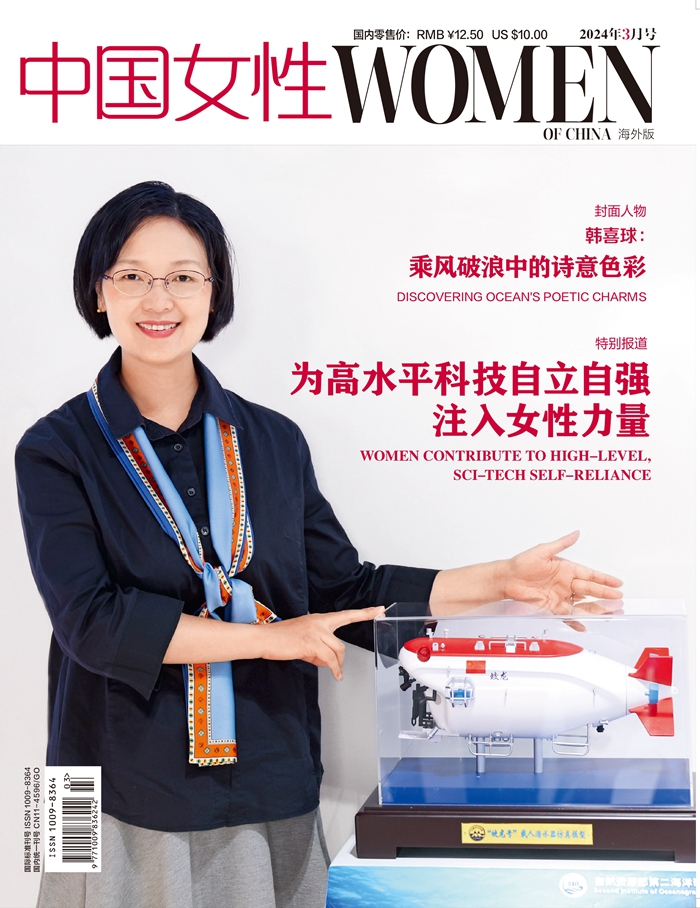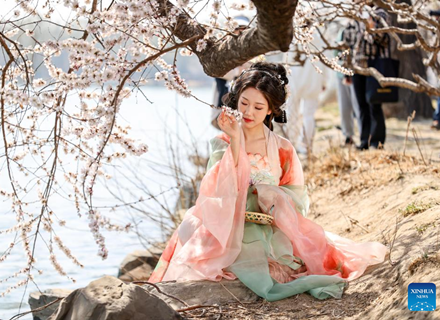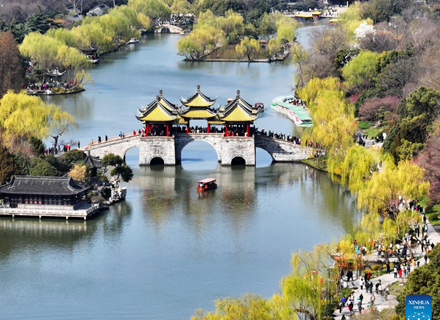Tie-Dyeing: Traditional Folk Technique of Bai Ethnic Group Reveals Beauty of Yunnan
When creating a piece of clothing using tie-dyeing techniques, a craftsperson will first use a needle to embroider different patterns onto a piece of white cloth made of cotton or a mixture of cotton and linen, and then will proceed to dye the cloth with a sky-blue colored dye extracted naturally from plants. The final step involves drying the artwork under the sun before the piece of cloth dyed in blue and white colors is completed.
The tie-dyeing techniques of the Bai ethnic group in southwest China's Yunnan Province was listed as a form of national intangible cultural heritage in 2006. The techniques involve complex procedures, including creating patterns on the surface of a piece of cloth, forming various knots on the cloth, dipping and dyeing it, and drying the completed piece under the sun, among other steps.
Nowadays, tie-dyeing workshops can be found everywhere in Dali Bai Autonomous Prefecture, Yunnan. Their products, which showcase a variety of patterns and rich colors, have won the hearts of tourists visiting the locality.
There is a Chinese expression that literally says "the color blue is made out of indigo but is more vivid than indigo," which reveals to people where the dyes used in the tie-dyeing craft come from. The same exact expression, when used figuratively, refers to a situation when "the student surpasses the teacher," also vividly expressing the repeated inheritance and innovation of the craft through the efforts made by generations of inheritors from the Bai ethnic group.
Duan Yinkai, a 46-year-old woman from the Bai ethnic group in Zhoucheng village of Dali, is an inheritor of the tie-dyeing craft. Over the past years, the woman has continued devoting significant effort to carry forward the craft by opening a tie-dyeing workshop, establishing a tie-dyeing craft museum, organizing training classes and teaching the craft at schools.
(Source: People's Daily Online)
Please understand that womenofchina.cn,a non-profit, information-communication website, cannot reach every writer before using articles and images. For copyright issues, please contact us by emailing: website@womenofchina.cn. The articles published and opinions expressed on this website represent the opinions of writers and are not necessarily shared by womenofchina.cn.








 WeChat
WeChat Weibo
Weibo 京公网安备 11010102004314号
京公网安备 11010102004314号